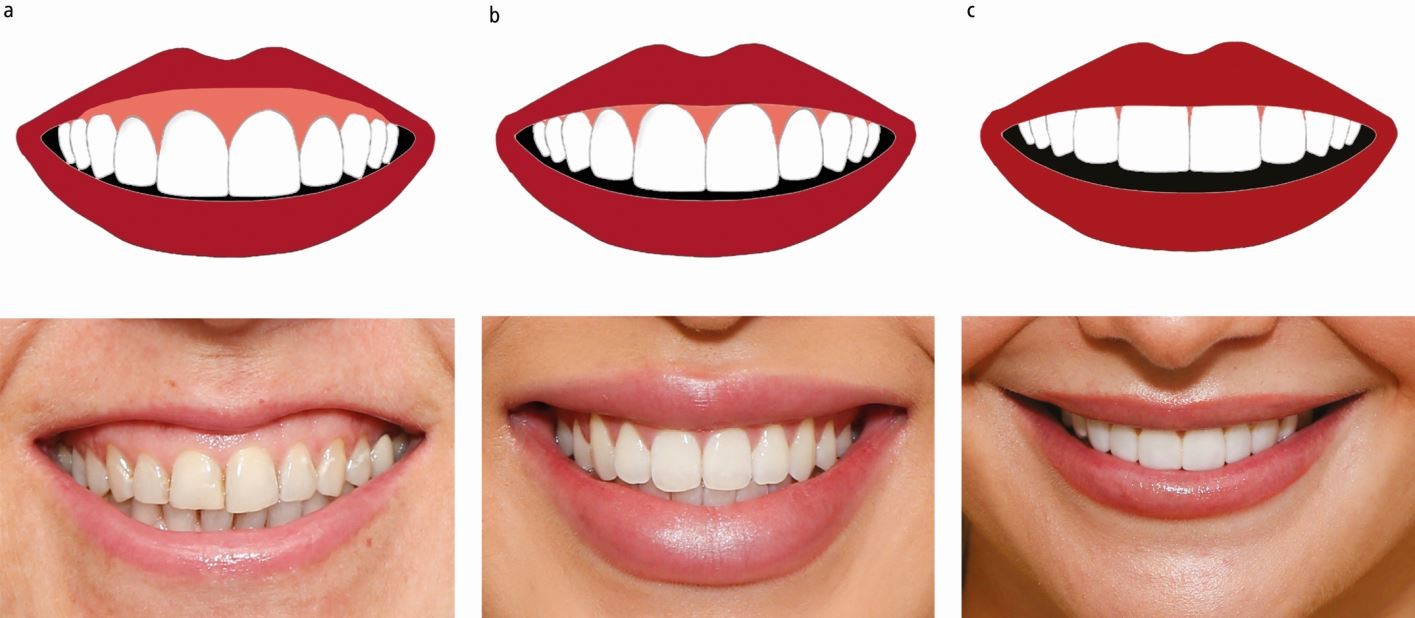Types of tooth wear
Attrition, abrasion, corrosion and abfraction revisited: A new perspective on tooth surface lesions Grippo et al 2004 The article presents a schema of the pathodynamic mechanisms in the formation of tooth surface lesions—three basic physical and chemical mechanisms, their interactions and their dental manifestations. Definitions of Lesions: Attrition: Tooth-to-tooth friction. Can have proximal attrition. Abrasion:






